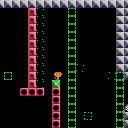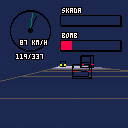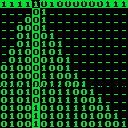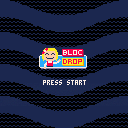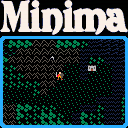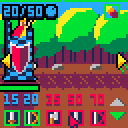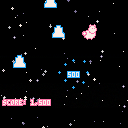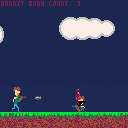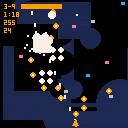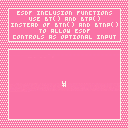Text Edit
v0.4
Changelog:
0.4
[+] Total rewrite
[+] Word wrap (Credit: @Jusiv)
[+] Line wrap
[+] Lowercase letters
[-] Moveable cursor (Temporary)
[-] Scrolling text (Temporary)
[-] Tab (Temporary)
0.3
[-] Escape not working in Splore
[-] Arrow keys activating twice
[-] Escape creating a space
0.2
[+]SCROLLING TEXT
[-]pressing p more than once pauses in BBS
Implemented:
Typing with your keyboard
Backspace
Word Wrap
Line Wrap
Todo:
Saving files
Loading files
Undo/redo
Selecting text
Copy/paste
Tab
Moveable cursor (use arrow keys)

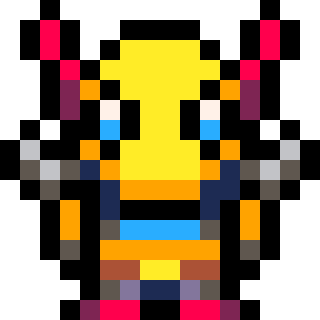

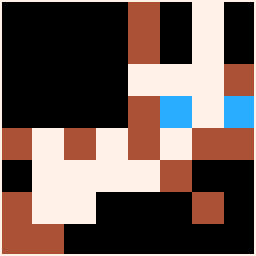
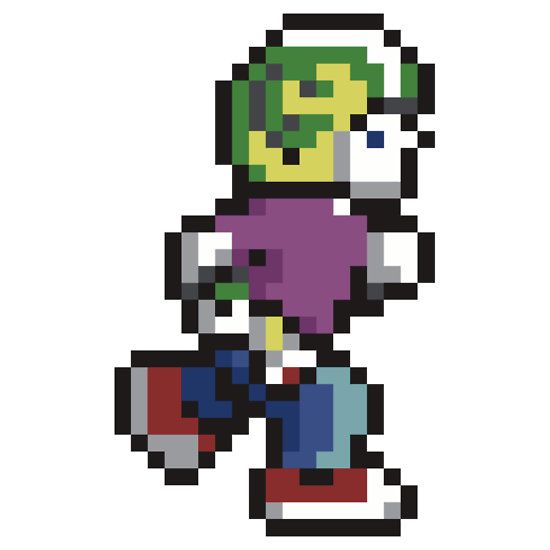
v0.51 - Crash ending fixed
v0.50 - This is my little platformer I've been working on. There is still a lot to do!
[Left and Right] to move
[x] to jump
[z] to run
(Don't forget to switch your keyboard inputs to QWERTY!)
You have a normal jump, an aerial jump and an aerial double jump!
Green and red blocks may appear and disappear based on the jump your are currently on.



Svenska
Klarar du att köra sträckan Luleå - Kiruna? Testa dig själv i den här bilsimulatorn!
Kontroller:
Gasa med pil upp eller z
Bromsa med pil ner eller x
Styr med pilarna
Håll dig kvar på vägbanan och undvik lastbilarna!
English
Will you manage to drive the road Luleå - Kiruna? Test yourself in this driving simulator!
In addition, you also have a primed bomb on board, don't drive slower than 80 km/h!
Controls:
Accelerate - up/z
Brake - down/x
Steer with the arrows
Stay on the road and avoid the trucks!
2018-09-08: Fixed bug when dying without passing the first sign
2018-09-12: Adjusted difficulty. Fixed music clipping by assigning channels for music/sfx



This project is a bit of a self-inflicted ordeal... I set off to make the nerdiest, most minimalistic, least aesthetically pleasing game possible (complete with annoying simulated screen glitches).
Here is how it works:
At the top of the screen is a list of 16 ternary values, "?" (undetermined) "0" or "1" (they all start as "?"). The objective is to change these values until they match a randomly generated binary sequence (i.e. containing only "1" and "0"). You navigate through the sequence using the "left" and "right" arrow keys. Changing a value is done using the "up" and "down" arrow keys.
The way you guess the sequence (or key) is by looking at the generated binary strings that cascade down the screen. The first string (hidden behind the key) always contains one single "0" (located at a random index, where your cursor is also initially positioned). Each subsequent string/line contains one more bit. The way the sequence grows from line to line obeys the rules defined by the key. If the key value at one particular index is "0", then if the string grows from that index, it will be appended to the left. If it's "1", it will be appended to the right. Furthermore, the newly generated bit is the opposite of the "parent" bit from which it grows, so the second line (generated using the single "0" in the first one) always contains a "0" and a "1". If it is "10", then it means that the value of the key at the index at which the seed "0" is located is "0" (the "1" was added to the left of the seed). If it is "01", then the value of the key is "1" (grow to the right). For each subsequent line, a randomly chosen bit is used as the "parent" bit, until the complete string of 16 bits is generated (bottom line). The new bit is always inserted immediately to the left or right of the parent bit (so if the parent is not located on the edge of the string, other existing bits are "pushed" into the corresponding direction). Obviously, the sequence cannot grow "off-screen", so the resulting string is shifted as needed.
Because the parent bit used to grow the next line is often ambiguous (for instance, "1001" can be generated from "101" by adding one "0" to the right of the first "1" or to the left of the last "1", you will almost always need several cascades to reconstruct the entire key. Generating a new cascade is done by hitting the "z" key. Finally, you can check the accuracy of your guess by hitting the "x" key (each erroneous bit will be marked by a "!"). To return to the game, hit "x" again. Obviously, players who wish to challenge themselves should use the "z" and "x" keys with parsimony (ideally only checking the key when all bits have been guessed).
Enjoy the brain torture!
BTW, this version was compiled with the Pocket C.H.I.P. version of Pico-8, which IMHO makes the game the perfect companion to the cyberpunk mod of the C.H.I.P. ;-)


Hi, sorry if this has been done to death, I've looked at some of the discussions where it's cropped up, just not clear what the implications are...
if our shiny new cart is over the compressed size limit, we can't distribute it as a .PNG, ok I get that.
Does that really hamper us much? we can still put it on Windows, Mac and as a file for Pico-8 owners to load and run. Can we still host it in a browser?
I've been through and cut down some of my comments (sob), variable names etc will be next but given that we're talking compressed size, I imagine there's not a lot to be really gained doing that, as most stuff will be compressed/tokenised anyway.
On the subject of tokens - we're using about half the characters space and we have lots of tokens left. Should I just be less bloody wordy with my code? :-)


UPDATE: 10-22-18
Sources of images entered.
NOTE: All images are either converted to PICO-8's own palette automatically or are manually converted.
HELLO !
I thought I would create a thread for people who need sprite assistance from other artists. The only recommendation is that it uses the PICO-8 palette and by default is 8x8 pixels in size.
.
I'll start off. I currently have a crossbow image I drew for the game I am working on:

|
[16x16] |
But I really want to have a blunderbuss instead. As you can see it is not your basic gun and has a wide opening at the front.
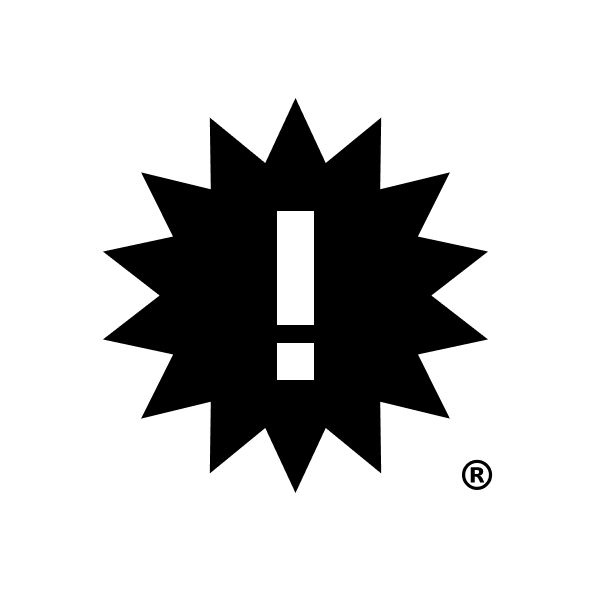




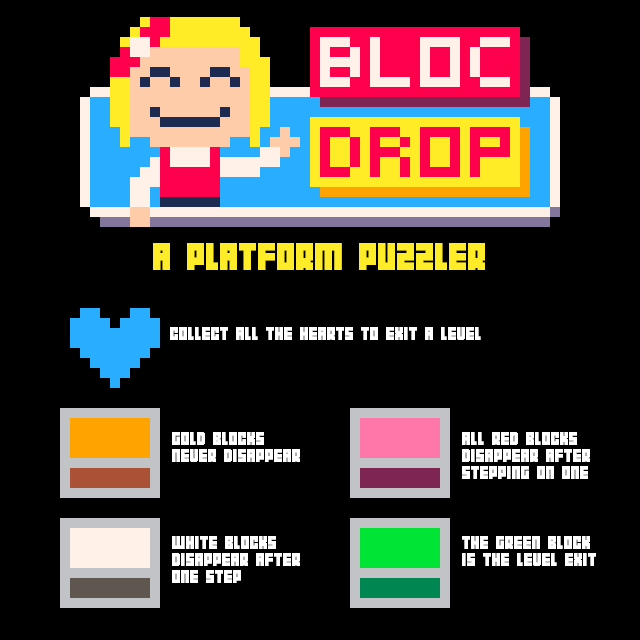
This is a sprite hack of “Valdi: Shadows” by beepyeah. I tried to change the theme to something cute. The original is here: https://www.lexaloffle.com/bbs/?pid=55085&tid=31664
Issues:
-
If I knew more about coding, I would try to make the title/end screen art larger by using more of the spritesheet. Or even better, animations for the character sprites.
- The music doesn't fit the theme. If anyone has some fun/happy music to add, that would be awesome!
Release Notes
0.3 - Fixed final screen image again.
0.2 - Changed the final screen image so it doesn't get cut off. Changed the transparent green exit sprite.
0.1 - Initial release



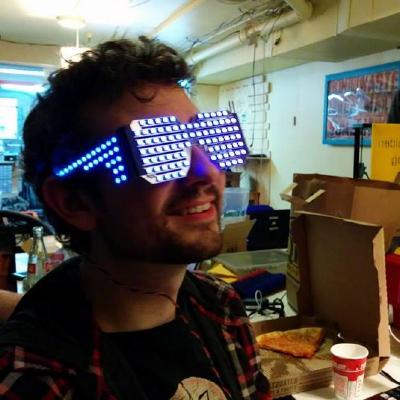
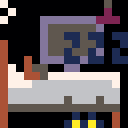
.
The Land of Miskatonia needs a hero to save it from the evil Faxon and its minions. Can you be that hero? Explore Miskatonia and its settlements, talk to its residents, build up your skills, and finally challenge Faxon in its secret lair.
This is my little homage to the old-school 8-bit Ultima games as they were found on the C128. I hope you enjoy it.
It exhausts almost every resource available to a PICO-8 app, and required minimization before it could be converted into a cartridge. The full source of Minima is available on GitHub for anyone interested in how it works. I have also provided a manual for it in a couple of formats, so you may want to grab and peruse the Minima manual as a PDF or the Minima manual as an ePub as well as the cartridge itself. Downloadable binaries are also available on the Itch.io Minima page.





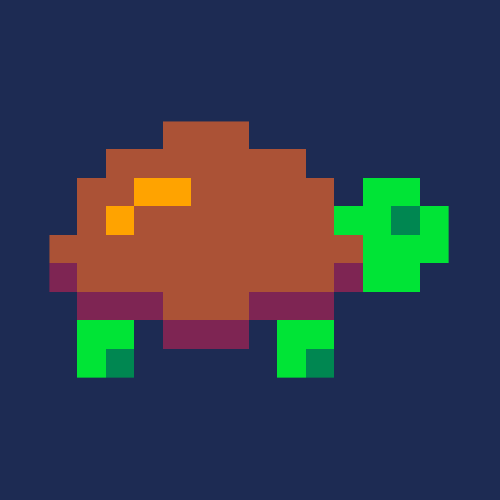
Check this version Lowrez Defense to avoid the mouse cursor issue.
Your kingdom is invaded by an army of undead, with your faithful fighters, destroy the castle of the undead !
Take control of height different units to destroy the enemy castle.
Controls :
Controls : mouse click
Tutorial:
Click on a button in the bottom of the screen to create a unit.
Click on the green arrow in the right bottom screen to see the others unit and upgrades.
Click on the top right button to use your power.
Move the mouse on the right or the left yellow arrow to move the camera.
Enjoy !
I'm considering removing the music from the game, seems not to be appropriating.
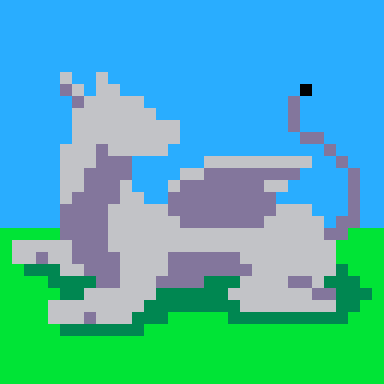
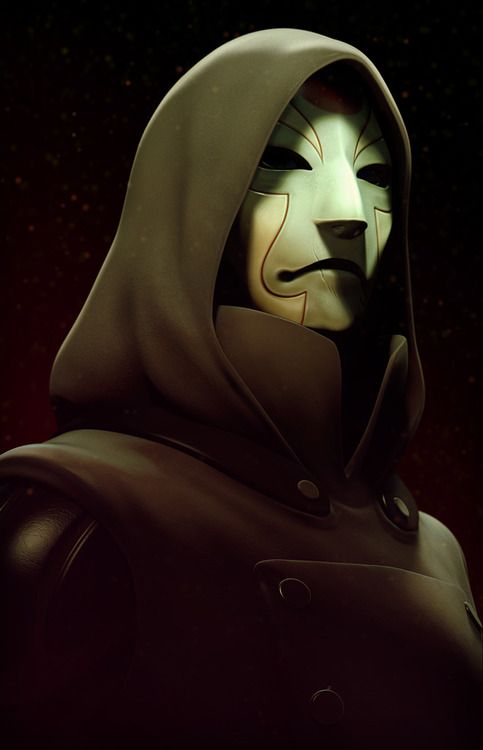
This will loop sprite 1 through 4
T = 1 T += 1 SPR (1 + T % 60 / 30 * 2) |
I was trying to figure out some simple math that basically does what the above code does.
I found that code in a demo cart and was happy to see that I was on the right track (sort of) but I don't understand what is going on here.
If I can't figure this out maybe I'm just not smart enough for this whole programming thing :(





I had a 12 hour flight to Japan so I decided to remake my favorite flash game ever, Winterbells (http://www.ferryhalim.com/orisinal/g3/bells.htm)
Art and audio is terrible but I think I got the gameplay pretty close! I made it all from memory too since I had no internet on the flight.
LEFT/RIGHT to move
UP to jump at the beginning
RESET CART in the menu to restart


I think all of us who have used COS() and SIN() from one time to another find it rather difficult to get "clean" numbers, that is, to bounce around from one end of the negative spectrum, to positive, and back again to exactly where you started.
I wrote this routine to use for my own stuff but you can work it too if you like.
It's a simple array from 0-255 called MySin(), in it, it starts at -255, works to positive 255, and back again, in a very clean curved calculation that does not involve any math other than adding and subtracting coefficient numbers.

|
[16x16] |
mysin={}
n=-255
a=0
p=0
repeat
print(p.." "..n)
repeat
flip()
until btn(4)
mysin[p]=n
mysin[127-p]=-n
mysin[128+p]=-n
mysin[255-p]=n
n+=a
a+=.128
p+=1
until p>=64
cls()
for i=0,255 do
pset(i/2,64+mysin[i]/8)
end
for i=0,255 do
print(i.." "..mysin[i])
repeat
flip()
until btn(4)
end
|


With the vast scope that PICO covers in complexity involving multiple arguments and permutations of arrays, I was wondering if there was a way to do something as follows:
function addup(...)
local t=0
for i=1,#addup()
t+=arg(i,addup)
end
print(t)
end
c={}
c[3]=7
addup(1,2,3,4,5,6,7,8)
addup(1,3,5)
addup()
addup(437,c[3],348,3821)
|
Where you can call a function with any number of arguments, and all of them are read in turn for the single function.



Changes in 1.1.2
Improvement: Bandits will not shoot at the player if an eagle is in front of them, removing an impossible to survive situation.
Changes in 1.1.1
Bugfix: Falling dying cowboy never draws below ground.
Non-functional: Refactored updating and behaviour logic, to be a bit more generic and driven more by actor configuration.
Non-functional: Refactored physics logic to be a bit more generic.


My first PICO-8 game, made mostly to get comfortable with the system. It's pretty simple and straightforward, but still fun to play! The goal is to kill as many enemies as you can. Let me know what do you think :)
The game lacks music (I have to learn some music theory first) but overall it's finished, though I may add some features. Please report any bugs you find, I'll try to fix them ASAP.


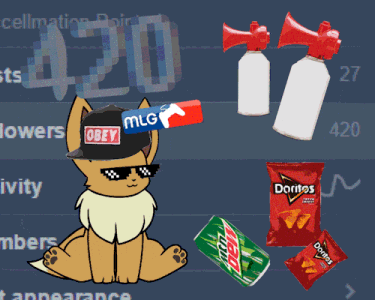

Here's a cover I made of the main theme from God Hand (2006). There isn't MIDI or anything available AFAIK so I had to transcribe it by ear, and thus a few of the chords might not be 100% correct (I'm not a music theory person).
Interesting note: the song features several key changes. Take a look at the code and you'll see that this is being done dynamically by raising/lowering the pitch of the 8 custom instruments at certain points in the song. This allowed me to reuse a lot of patterns despite the three main sections being in different keys (I don't think I would have been able to fit everything into 64 patterns otherwise).
Found this nice little snippet on Twitter: Put a flip in it
There are some cool ones under the hashtag #putaflipinit
PICO-8 has built in ESDF controls, but they need to be accessed from inside btn() and btnp(), by calling btn(x,1) or btn(x,0), as if you're setting up separate inputs for separate players. But what if you want to use ESDF as an alternate control scheme for a single player, so the player can alternate between the arrow keys and ESDF, depending on their preference?
Insert bt() and btp() into your program, and call them instead of btn() and btnp(). This small change will allow players to use esdf controls, with minor edits to your code!







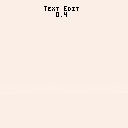
 6 comments
6 comments
